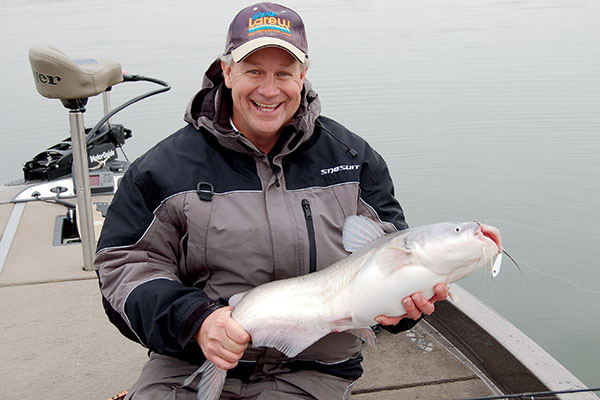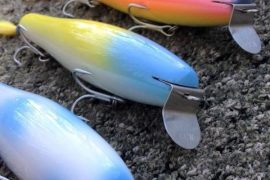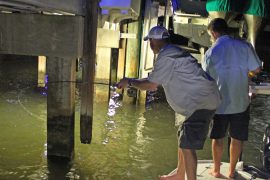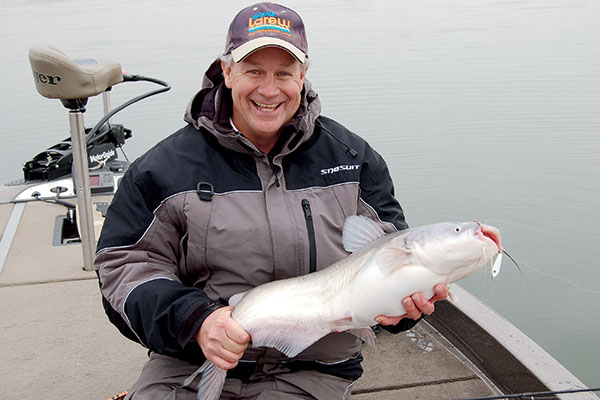
From Kansas to Northern Texas, the size and abundance of blue catfish has skyrocketed in the past decade along with the expertise put into chasing them. The Kansas record topped 100 pounds in 2012, and lake records in the region are being toppled every year. In some cases, wildlife managers are experimenting with blue catfish to control zebra mussels. In others, the large fish work wonders for tourism. When one species starts to thrive, anglers cross over from other species to experience new adventures, bringing with them confidence in techniques rooted in their past.
Tactics and traditions of one species can seem light years away from another, but rarely do the core fishing skills, strategies, and tactics differ. In all cases, for all species, options exist to fish structure, cover on structure, or open water. Then, in each situation, the next choice is whether to anchor, drift, troll, cast, or vertically jig. For catfish especially, there exists another choice to use livebait, cutbait, or artificial lures.
Catfish tournaments drive knowledge and techniques to the limits. When anglers are forced to fish on specific days (or nights) amidst howling winds, hot and cold temperatures, and a growing set of competitors, new techniques emerge. Meanwhile, guides take new clients out every day introducing them to the sport, but also highlighting advances in electronics, seasonal patterns, and presentation details to stay ahead of an ever-growing pack.
Mudflats, Structure or Both?
Confident the circle hook will hold, Dallas-Fort Worth Guide Chad Ferguson hits the mark button on his Humminbird Helix unit before reaching for the surging rod. Marking the location of the bite allows him to return and inspect the area after the fight. Utilizing multiple features of his sonar as well as Humminbird 360 imaging, the underwater landscape emerges. “Most often, my largest blue cats strike near some sort of structure on an otherwise featureless flat,” Ferguson says. “It doesn’t take much for fish to orient to something. People think I’m crazy, but silted-in river channels and former roadbeds still attract fish. Even when I find suspended fish, they’re near a tree, old road, rockpile, or slight drop-off.”
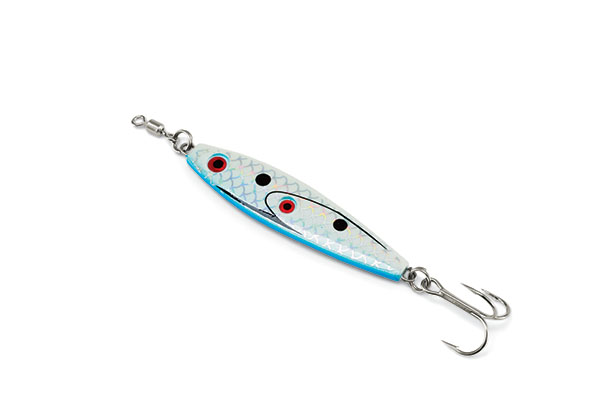
In Texas reservoirs, blues hold deeper (15 to 30 feet) in January and February and move shallower to warming waters in April through June. This is the key time to start developing drift paths on “barren” flats. Ferguson uses the Follow-the-Contour and AutoPilot features on his Minn Kota Terrova iPilot-link trolling system to set an initial path for his Sea Ark 240. With that line established, he can program the system to offset from that route by 50 to 100 feet and systematically cover an area. By the time 3 to 5 parallel lines exist on his GPS map, enough catfish have been caught and positions marked to develop a pattern for the day.
Like any good guide, the day isn’t over when clients depart. He goes back out and inspects that day’s spots to learn more about the lake. “Generally, structure is easy to find and target,” he says. “Lakes that don’t have obvious structure are a challenge.” A few extra minutes retracing the day’s drifts with a split-screen of side-imaging and standard 2-D sonar tells the tale.
Productive structure doesn’t mean that a fish will be caught there on every pass—it means that when fish are in an area, they’re most likely to be on that spot. Further examination with an underwater camera might reveal a clam bed, rocks, deadfall, or a mussel bed, but an angler may never know for sure. The key is that all of these areas, and the silt around them, hold insects, crayfish, and minnows. Along with mussels, all these items are catfish food. While a big blue cat might focus on chasing schools of larger shad, it might also consume other items. For Ferguson, connecting key waypoints into a high-confidence path and then using his electronics to retrace that path, sets him ahead.
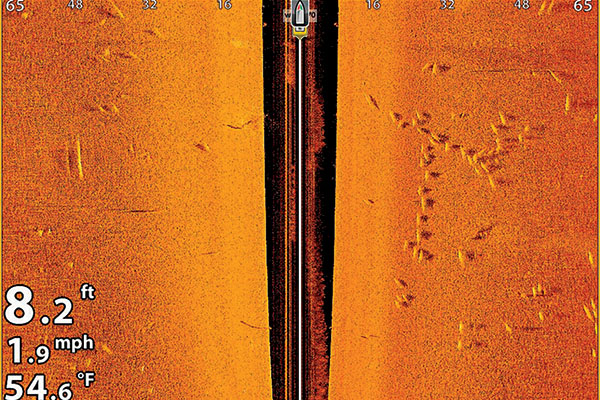
The 12-event catch-and-release Catfish Chasers Tournament Series in Kansas keeps anglers focused on big fish and current trends. Starting in February, the events occur during the day (7 a.m. to 4 p.m.) until June, then at night (7 p.m. to 8 a.m.) until late August. A couple of additional late-fall daytime tournaments round out the schedule. The series allows five fish to be weighed for a total weight which, on blue-cat reservoirs, often exceeds 150 pounds.
Blue cats wander the lake in search of food. With this in mind, Catfish Chasers Tournament Series founder and tournament angler David Studebaker has seen the habits of catfishermen change as technology improves. “It used to be that everyone had to drop baits to locate fish, but more and more boats are idling around at 5 mph using sonar to locate fish.”
Studebaker explains that the first task of 5-mph “fishing” is to find bait. Not just to catch and use, but knowing where bait is helps in locating cats. Prefishing for the March 2017 Cabela’s King Kat tournament on Lake Tawakoni near Dallas, Texas, he spent over 4 hours driving around the reservoir’s 60,000 acres looking for bait. Gizzard and threadfin shad show up on sonar at both 5 mph and 20 mph, highlighting areas of the lake where the search should start and quickly eliminating potentially unproductive water.
“Anglers seem to be divided into ledge fishermen, brushpile fishermen, and flats fishermen,” he says. “All types have improved their success by driving around and using sonar before dropping a line.”
Anglers fishing brush benefit by using down-scan to identify fish between limbs of deadfalls and brushpiles. It used to take…

